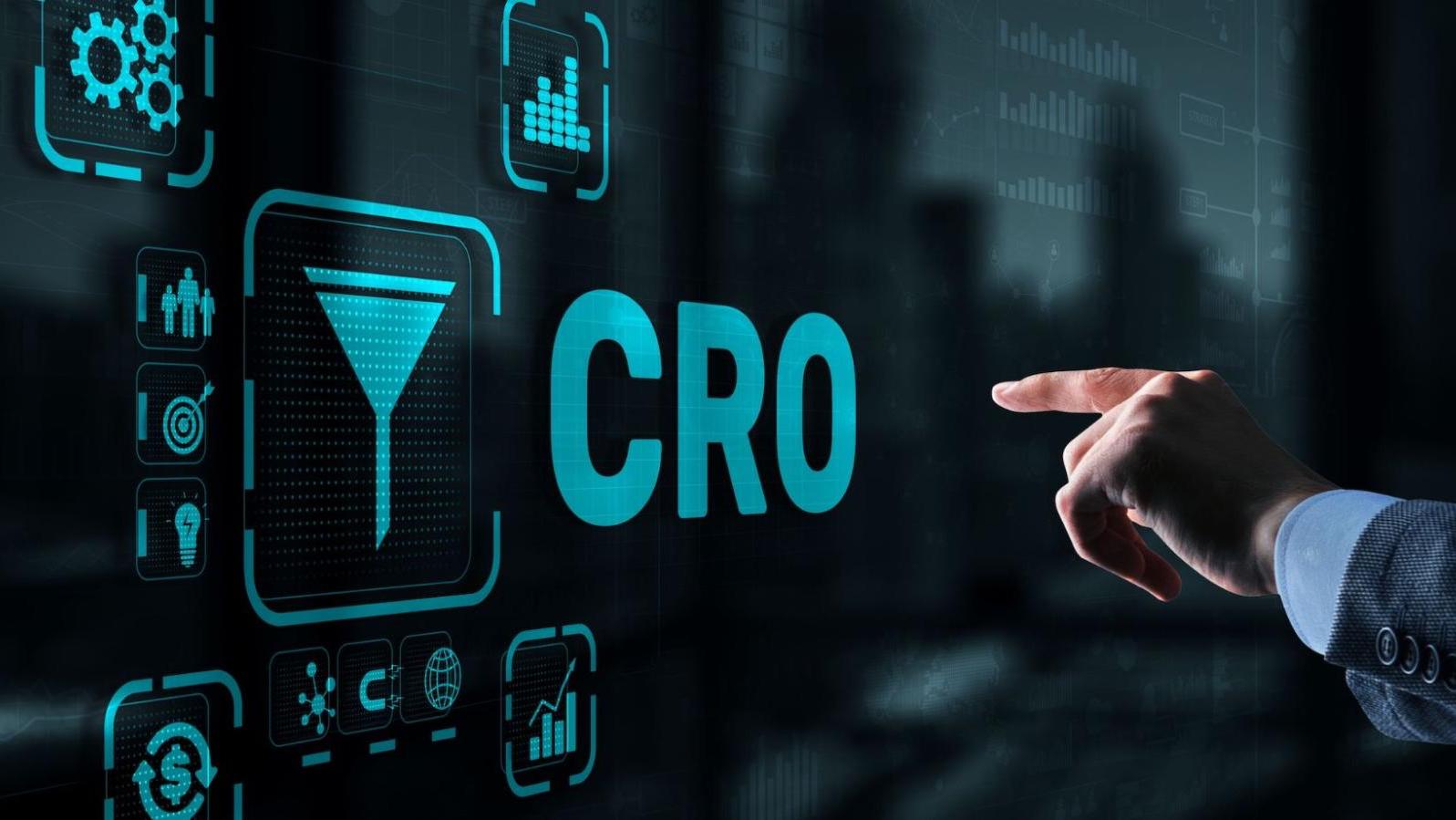 Optimizing PPC Beyond Landing Pages: Key Areas to Focus on for CRO
Optimizing PPC Beyond Landing Pages: Key Areas to Focus on for CRO
Conversion rate (CVR) is a crucial metric when it comes to PPC campaigns. It determines the effectiveness of your paid campaigns and ultimately impacts your revenue. While many marketers focus their conversion rate optimization (CRO) efforts solely on landing pages, there are other key factors that can influence PPC conversion rates. In this article, we will explore these factors and provide insights on how to improve them to maximize the success of your PPC campaigns.
Tracking Conversions Effectively
The first step in optimizing your PPC conversion rates is to ensure that you are tracking conversions effectively. Without accurate data and the right tools to evaluate conversions, it becomes challenging to make informed decisions and drive meaningful improvements. It is essential to understand where and how conversions relate to your customer journey. This will help you avoid misconceptions and focus your CRO efforts on areas that truly impact conversion rates.
For example, if your Meta Ads campaign leads to a landing page that is not accessible anywhere else on your website and most people convert within a one-day view-through window, it would be misleading to solely focus on optimizing the Meta Ads-dedicated landing page. By understanding how conversions are attributed and where they occur in the customer journey, you can identify the most impactful areas for CRO tests.
Audiences, Intent, and External Factors
Another crucial factor that influences PPC conversion rates is the audience you are targeting. Conversion rates can vary greatly depending on the audience segment. It is important to segment your goals by funnel stages and integrate them with traffic acquisition tests.
For example, let’s say you have an education-focused client, and you notice that the conversion rates for competitor campaigns, generic campaigns, and brand campaigns are significantly different. This highlights the importance of targeting specific audiences and tailoring your CRO efforts accordingly. By understanding your audience’s intent and adjusting your key performance indicators (KPIs) and measurement methods, you can optimize your PPC campaigns for higher conversion rates.
Ad Copy, Creative, and Product
The ad copy and creative you use in your PPC campaigns play a crucial role in driving conversions. It is important to align your ad with the desired action and personalize your messaging according to your targeted audience. One size does not fit all when it comes to copywriting, creative production, and tone of voice. Tailoring your ads to resonate with your specific audience can significantly improve conversion rates.
Additionally, it is essential to clearly explain your products or services in your ad copy and creative. Avoid using jargon that may confuse or repel potential customers. Test different approaches to see what resonates best with your audience and drives the desired action. Benchmarking competitors can also provide valuable insights into how to position your product or offer effectively.
Landing Pages and User Journey
While landing pages are an important aspect of conversion rate optimization, they should not be the sole focus. Landing pages should follow the same principles discussed above: correct tracking, personalization, and alignment with ad messaging and product USPs. However, there are other landing page-specific factors to consider, such as load time, UX/UI, and mobile friendliness. Addressing these aspects and prioritizing your CRO efforts based on their impact on your business can significantly improve conversion rates.
Offsite Properties and Post-Purchase Experience
User journeys span multiple touchpoints, including offsite properties such as review sites. It is important to consider these touchpoints and their impact on conversion rates. If external factors like a poor online reputation or negative reviews are affecting your conversion rates, it may be necessary to include these factors in your CRO activities. Similarly, post-purchase experience plays a role in customer retention and repeat purchase rates. By ensuring a top-notch post-purchase experience, you can improve overall conversion rates and customer loyalty.
Mapping CRO Opportunities in PPC Campaigns
Conversion rate optimization goes beyond landing pages. It requires a comprehensive approach that considers tracking conversions effectively, targeting the right audiences, aligning ad copy and creative with the desired action, optimizing landing pages, and addressing offsite properties and post-purchase experience. By mapping out CRO opportunities in your PPC campaigns and regularly reviewing and prioritizing your efforts, you can improve your conversion rates and maximize your return on investment.
In conclusion, optimizing PPC conversion rates involves more than just focusing on landing pages. By considering factors such as tracking conversions effectively, targeting the right audiences, aligning ad copy and creative with the desired action, optimizing landing pages, and addressing offsite properties and post-purchase experience, you can drive meaningful improvements in your PPC campaigns. Keep in mind that CRO is an ongoing process that requires continuous monitoring and adjustment to maximize results.
